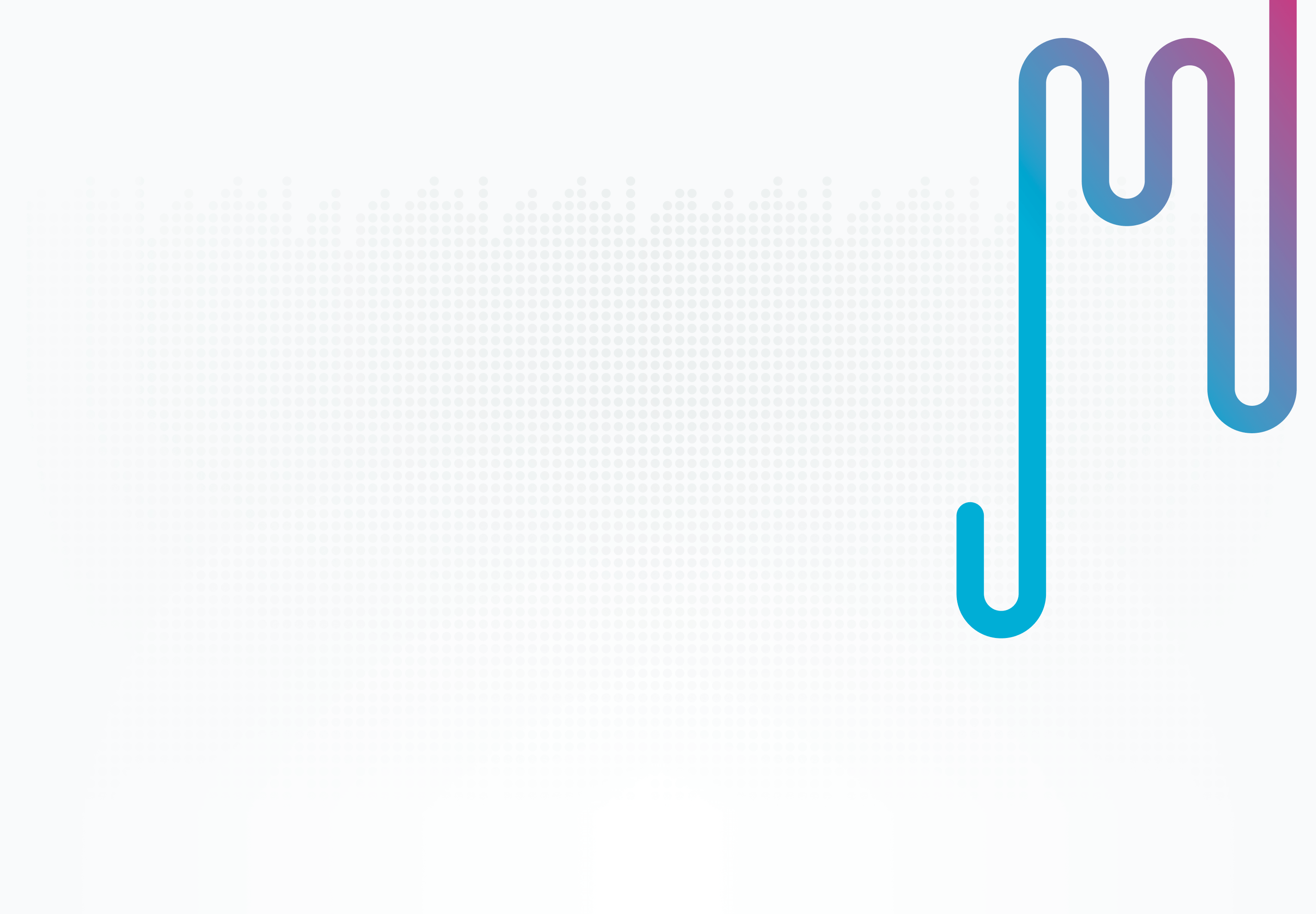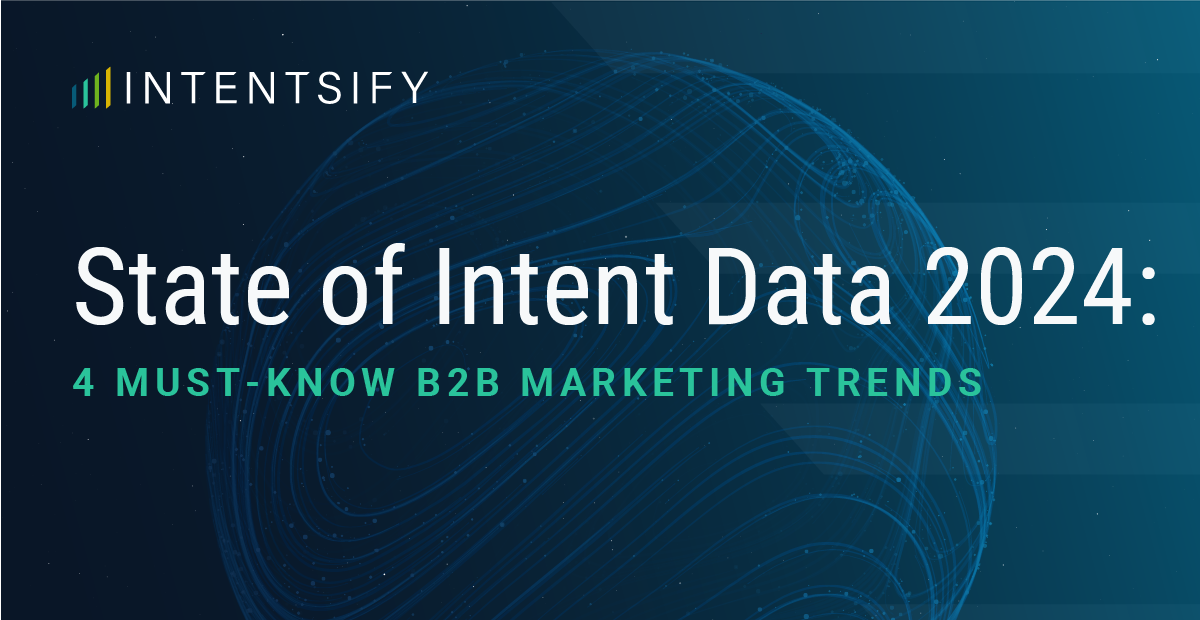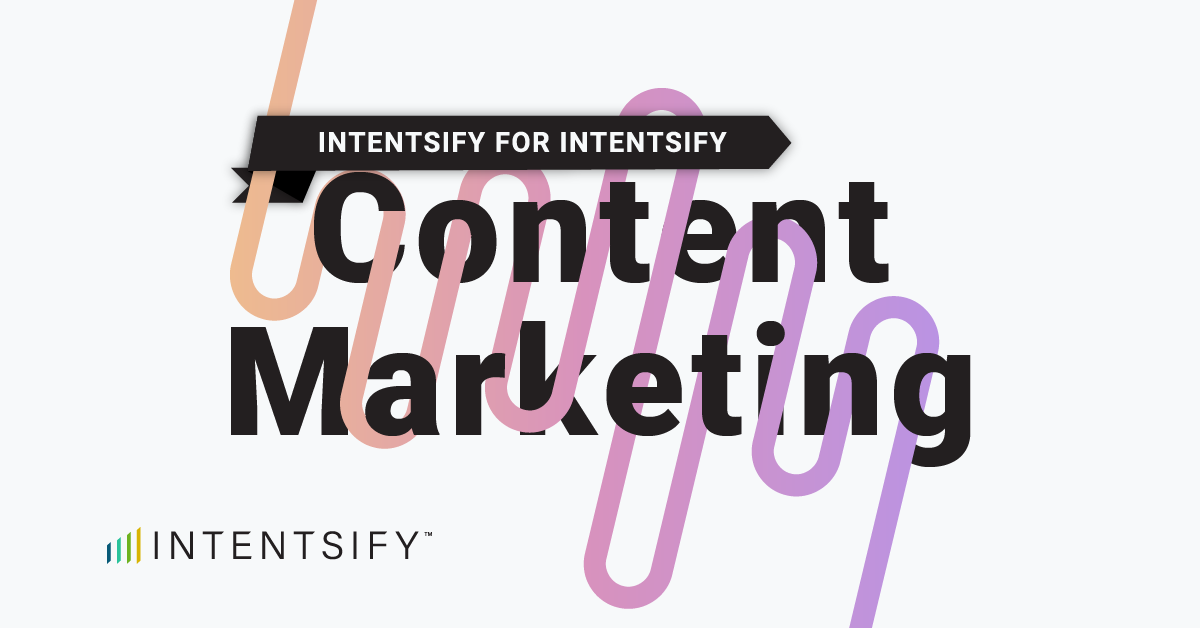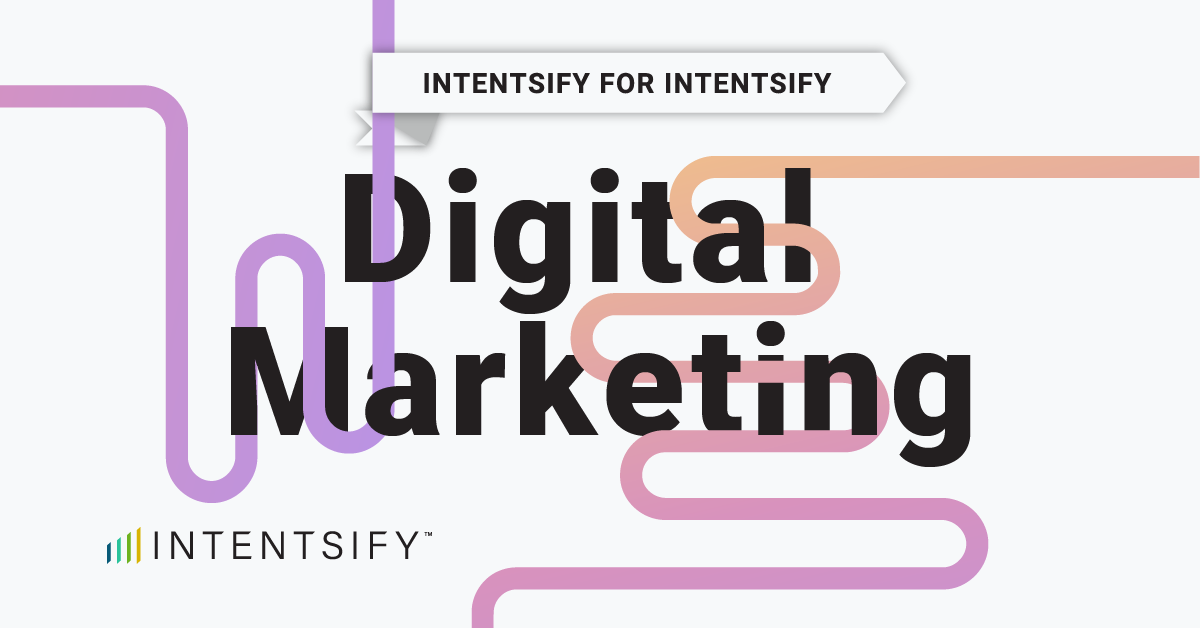“If marketing can hit their number while the business misses theirs, the number didn’t mean anything.”
This provocative statement from Forrester Principal Analyst Brett Kahnke perfectly captures the challenge with MQL-focused marketing. It was just one of many insights shared during this week’s webinar featuring our company’s President, Charlie Allieri, in conversation with Kahnke, author of The Forrester Wave™: Intent Data Providers for B2B, Q1 2025. The discussion dove deep into why buying groups — not MQLs — represent the future of effective B2B marketing.
The Limitations of Traditional MQL Approaches
The webinar kicked off, recognizing that B2B marketing has experienced a monumental shift in recent years. Volume-based marketing and traditional funnel approaches are no longer sufficient to meet aggressive revenue goals or create outstanding buyer experiences.
Allieri emphasized that while marketing has historically focused on individual leads, seasoned B2B sellers have always recognized that multiple stakeholders influence every significant purchasing decision. This disconnect between sales reality and marketing metrics has created an artificial gap in the revenue process.
Kahnke reinforced this view with a compelling statement: “People have made a lot of money over the years driving leads, and you can continue to make money driving leads. It works. Buying groups just work a lot better. If you like making money, you can make more money if you understand buying groups and move to those strategies.”
The Reality of B2B Decision Making
Kahnke shared on average, about 13 people in a typical B2B organization are involved in some way in buying decisions. With that stat in mind, it’s ineffective to hinge your hopes on the first person who filled out a form.
Additionally, those 13 people have an average of 18 meaningful interactions before a deal is won — further breaking the concept of an MQL based on a single captured interaction.
As Kahnke explained, “The concept of the buying group isn’t new. Those of us that were trying to work this way 12-15 years ago had to do it very manually. What’s changed is our ability to execute it at scale as data and technology has advanced.”
Why Persona-Level Analysis Matters
A significant portion of the discussion focused on the importance of persona-based analysis and buying group identification — categories where Intentsify scored “superior” in Forrester’s 2025 B2B Intent Data Wave.
Kahnke used a clever fishing analogy to illustrate the evolution of intent data: “Before we had intent data, marketers were fishing with a bobber. You put what you think the fish will like on the hook, throw it into the market, and watch the bobber. When somebody fills out a form, it’s a lead, and you’re yanking them in.”
He continued: “When intent data came along, it was like having depth finders that beep when fish swim underneath. But persona-based analysis goes further — it’s like saying, ‘There appear to be three fish under here: two walleye and a perch.’ I don’t know that perch’s name or have its email address yet, but I know what it likes to eat because I know it’s a perch.”
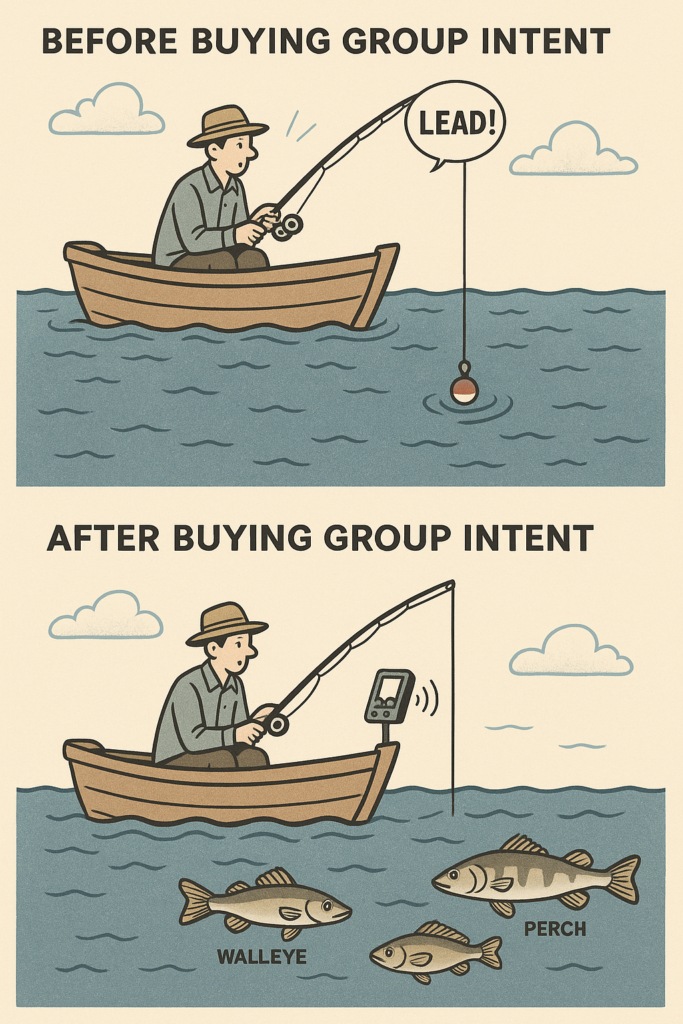
Allieri expanded on this point, noting that persona-level intent often reveals surprising insights about buying committees. By analyzing research patterns across an organization, Intentsify can uncover stakeholders that marketers didn’t realize were involved in purchase decisions and identify how their interests differ — enabling more targeted engagement strategies.
Operationalizing Buying Group Intent
The discussion also covered practical applications. When asked how to operationalize Buying Group Intent, Allieri explained that Intentsify helps customers at different stages of their journey:
“Our customers vary in their technical expertise and maturity. Some can immediately leverage these insights on their own, while others need more guidance. This gap was actually why Intentsify was created — intent data has existed for some time, but many organizations struggle with properly activating it to drive results.”
He went on to explain the importance of activating display or programmatic advertising at the device level, targeting specific personas with the right messaging to get the best conversion rates. The key is aligning messaging and activation points to where personas are in their journey. This is where Intentsify can do the heavy lifting for our customers.
The Role of AI in Bridging Sales and Marketing
The webinar concluded with a discussion on how AI can help bridge the gap between sales and marketing. Allieri highlighted how Intentsify is already incorporating AI through features like AI-driven lead activation summaries: “Instead of just presenting raw scores, we provide clear recommendations in plain language. For example, ‘This company is showing interest in your product, these specific personas are engaged, and here’s what you should do next.'”
Moving Forward: From MQLs to Buying Groups
A key takeaway from the webinar was that successfully transitioning from MQLs to buying groups requires organizational change. Kahnke emphasized that it starts at the top, with marketing and sales needing permission to think differently.
“Most marketing organizations moving to buying groups need permission to negotiate a new contract with sales. This agreement is no longer about lead count — it’s about a shared metric around pipeline that sales has acknowledged is truly qualified.”
Conclusion
As B2B marketing continues to evolve, understanding buying groups and persona-level intent isn’t just a nice-to-have — it’s becoming essential for companies that want to remain competitive. The days of focusing solely on MQLs are numbered, giving way to more sophisticated approaches that recognize the reality of how B2B buying decisions actually happen.
At Intentsify, we’re proud to be at the forefront of this evolution, providing the technology and expertise to help our customers navigate this shift successfully. To learn more, check out our webinar, available to watch on-demand.
